Insulation Institute focuses this week on five housing-related stories that are also, in part, affordability and energy efficiency stories. You may have missed a few of these, so we hope this quick recap will be informative and timely.

Harvard’s 2025 State of the Nation’s Housing Released
Harvard University’s Joint Center for Housing Studies (JCHS) released the 2025 State of the Nation’s Housing Report on Tuesday. The report highlights a litany of concerns for the U.S. housing market and home buyers, including skyrocketing insurance premiums and property taxes, a sharp rise in homelessness, and growing dangers of climate disasters. Despite these challenges and in the face of diminished federal support, state and local governments are ramping up efforts to tackle affordable housing (which is also challenged by increasing homeowner costs, like utilities). For example, Minnesota has approved a bill allocating $242M to housing finance and another $100M in infrastructure bonds to support affordable housing development.
Details »








